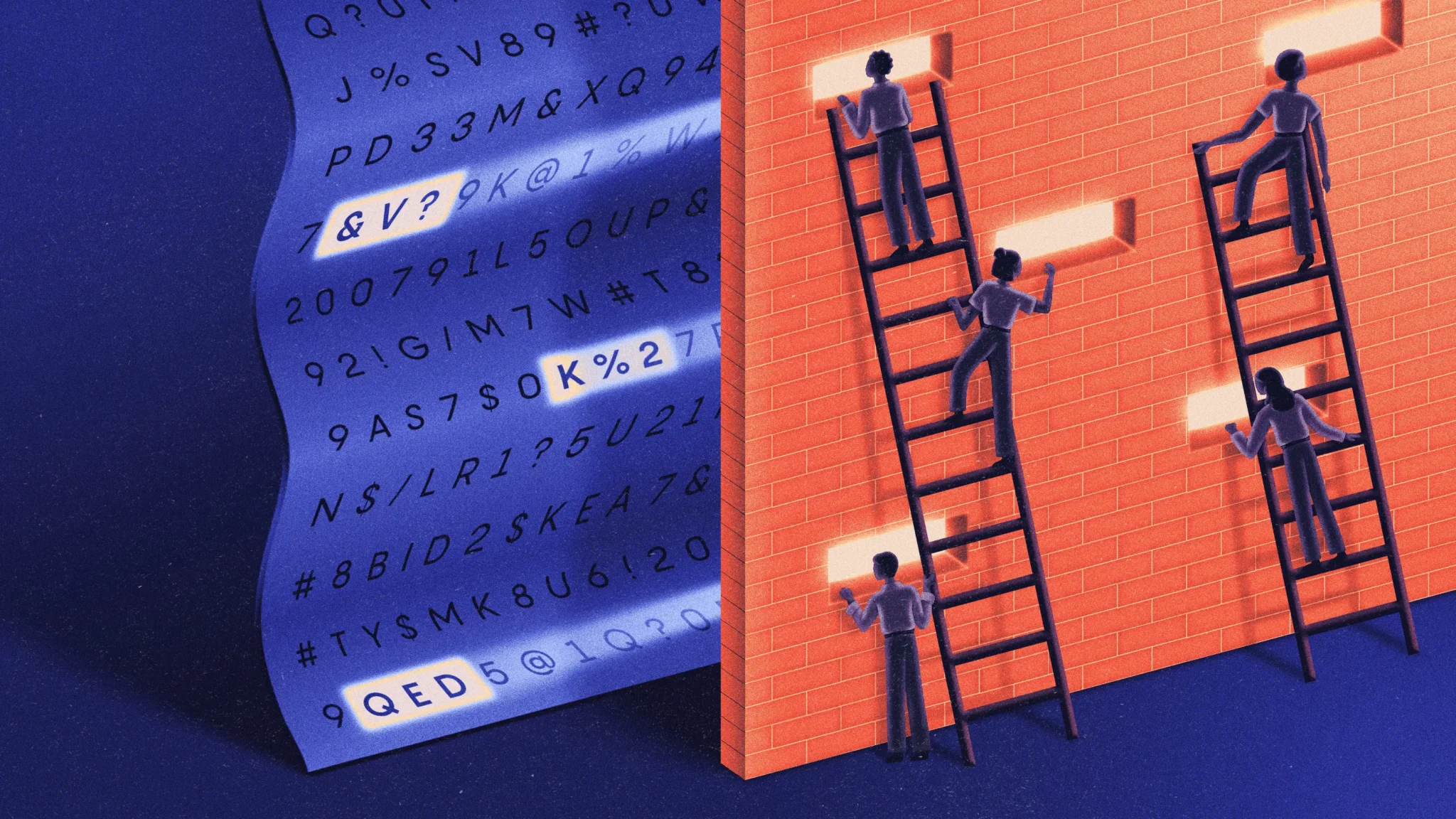Three researchers have figured out how to craft a proof that spreads out information while keeping it perfectly secret.

How do you prove something is true? For mathematicians, the answer is simple: Start with some basic assumptions and proceed, step by step, to the conclusion. QED, proof complete. If there’s a mistake anywhere, an expert who reads the proof carefully should be able to spot it. Otherwise, the proof must be valid. Mathematicians have been following this basic approach for well over 2,000 years.
Then, in the 1980s and 1990s, computer scientists reimagined what a proof could be. They developed a dizzying variety of new approaches, and when the dust settled, two inventions loomed especially large: zero-knowledge proofs, which can convince a skeptic that a statement is true without revealing why it is true, and probabilistically checkable proofs, which can persuade a reader of the truth of a proof even if they only see a few tiny snippets of it.
“These are, to me, two of the most beautiful notions in all of theoretical computer science,” said Tom Gur(opens a new tab), a computer scientist at the University of Cambridge.
It didn’t take long for researchers to try combining these two types of proof. They won a partial victory in the late 1990s, using lesser versions of each condition. For decades, no one could merge the ideal version of zero knowledge with the ideal version of probabilistic checkability.
Until now. In a paper(opens a new tab) that marks the culmination of seven years of work, Gur and two other computer scientists have finally combined the ideal versions of the two kinds of proof for an important class of problems.
“It’s a very important result,” said Eli Ben-Sasson(opens a new tab), a theoretical computer scientist and founder of the company StarkWare, which develops cryptographic applications of zero-knowledge proofs. “It solves a very old and well-known open problem that has baffled researchers, including myself, for a very long time.”
...read more at quantamagazine